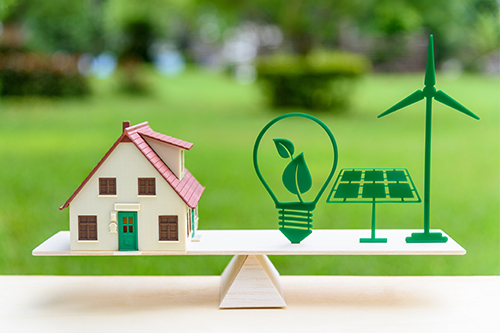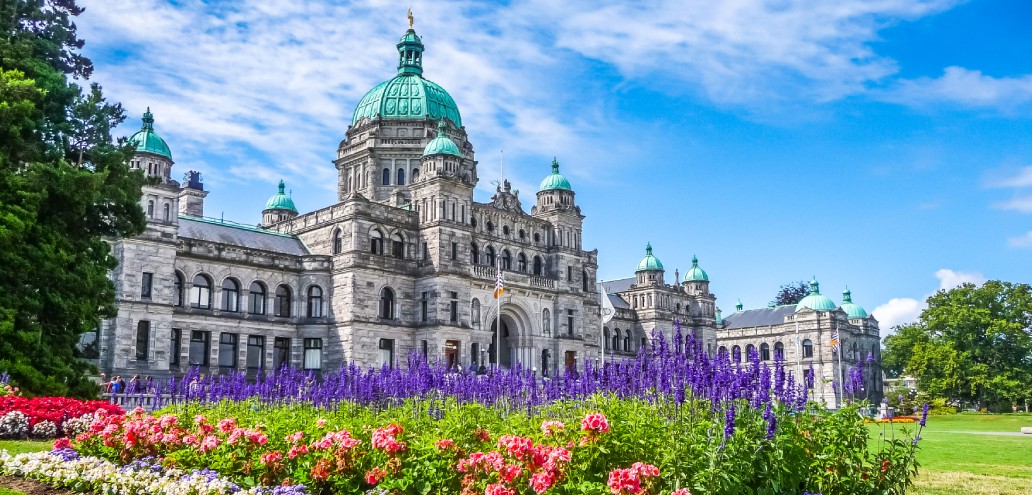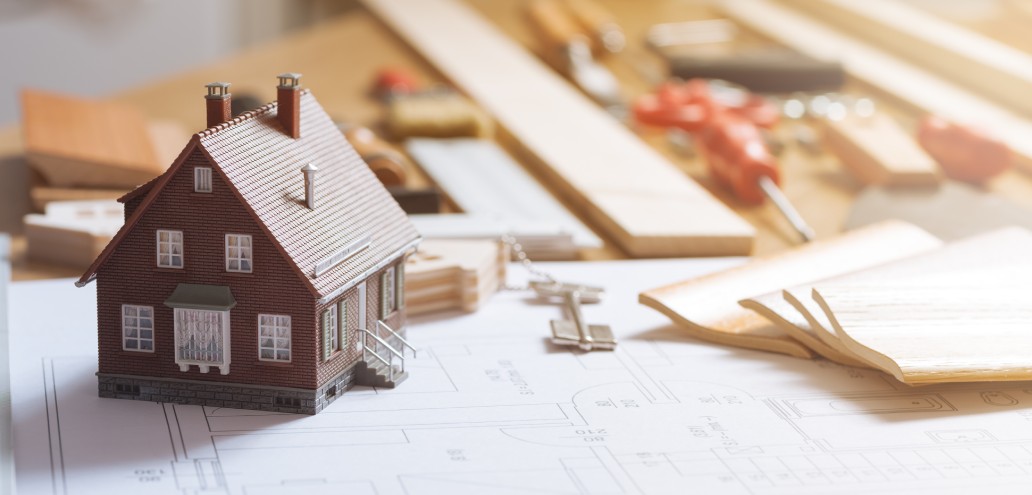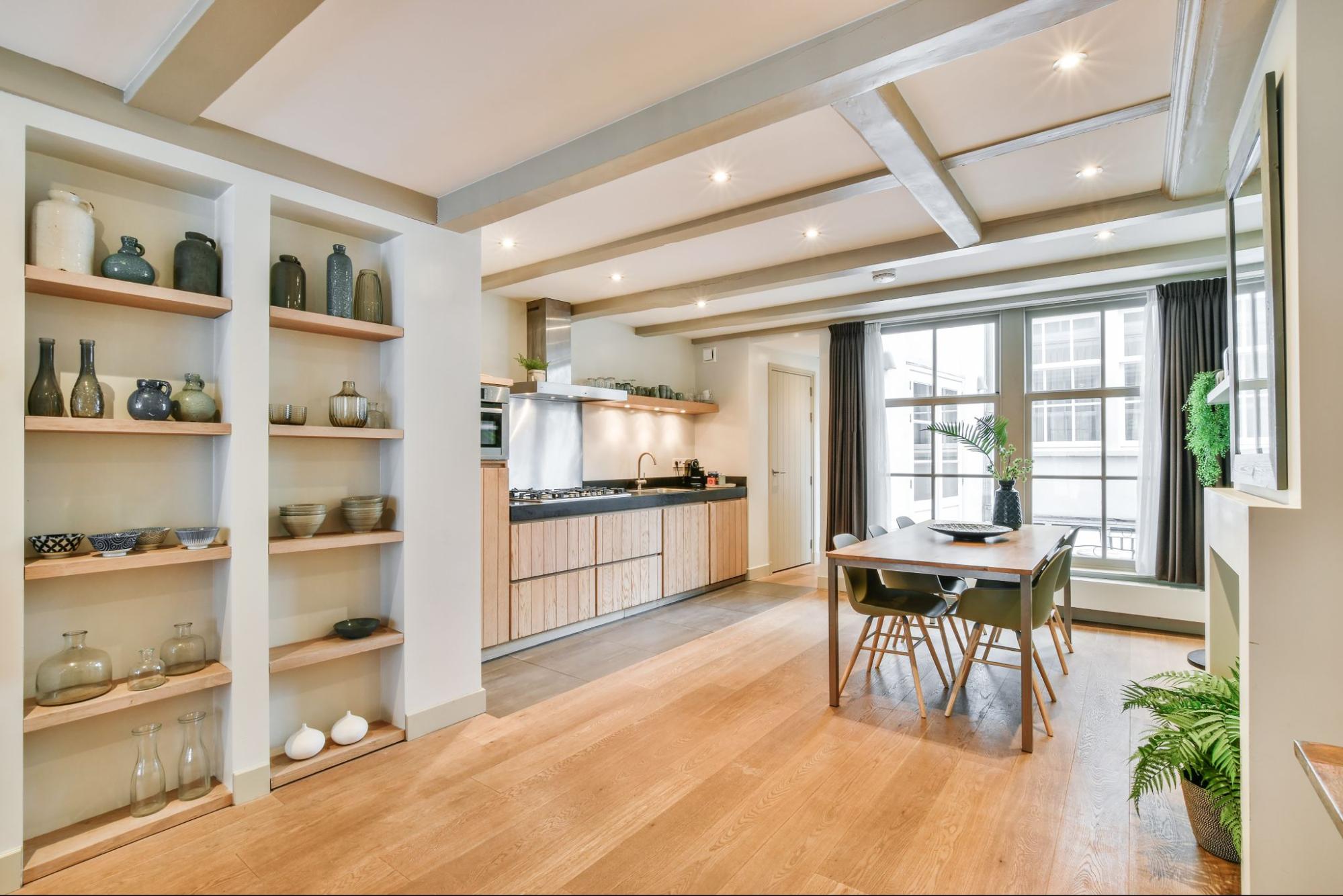Whatever your politics, there is no denying that the green revolution is here. From compost heaps to Teslas, Canadians are taking a serious look at what they can do to lessen their environmental impact on the planet and adjusting their habits where they can.
There is no reason this trend shouldn’t apply to real estate investors. A more environmentally friendly property will not only stand out to prospective tenants, for whom sustainability is becoming increasingly important, but it will also save its owners a considerable amount of money in the long run. If that’s not a win-win, what is?
Here are some progressive upgrades that will add value to your investment property:
1. Insulate before you go solar
For any building that’s less than 5,000 square feet, it’s best to put your money and time into insulating rather than installing solar panels. Insulation is the key to energy efficiency, and it will provide the best return on investment in the years to come. Most insulation jobs pay for themselves in three to five years. If you add solar panels when you haven’t yet insulated properly, all that energy your solar panels collect will escape through air leaks in your building.
2. Finish your basement
Depending on when and how your home was built, at least a third of your energy escapes through the basement. (In fact, basements lose so much heat that passive-energy home designs generally don’t include them.) Be sure your insulating techniques include caulking or spray foam in the joints where the perimeter sill meets the foundation and the floor joists.
3. Insulate your attic
After the basement, the biggest heat leak is likely your roof/attic. The average building loses as much as 25% of its heat through the attic. The most environmentally friendly type of attic insulation is blown cellulose, which is composed of 75% to 85% recycled paper fiber, usually post-consumer newsprint. Blown insulation helps you avoid gaps, thereby ensuring you get the highest R-value.
4. Get a green roof
A green roof is partially or entirely covered with vegetation, the associated growing medium and a waterproofing membrane. Green roofs protect buildings from direct heat in the summer and provide excellent insulation in the winter, while also greatly reducing the amount of maintenance required on the roof itself. The life expectancy of a green roof is 50 years, compared to 15 to 20 years for a conventional roof.
And if the roof is accessible, you’ll create more liveable square footage for your tenants, which adds extra value and could fetch higher rents.
5. Be smart about windows
An energy-passive house, one with 90% to 100% energy efficiency, will have a wall facing due south that consists of 88% windows. South-facing windows gain 1.4 times more heat than they lose, while windows on the west and north sides generally have 14 times more heat loss than gain. This means that if you’re going to concentrate on your windows, start with the west and north sides.
No matter what the R-value of your window, you can be sure it won’t include the frame as part of the R-value calculation, as the frame typically lowers the overall R-value. Filling the space between the frame and the opening with spray foam insulation will help keep your building’s energy efficiency high.
Triple-pane casement windows will always be more efficient than double-hung windows. The casement windows lock shut, creating a better seal.
6. Manage humidity
It’s important to manage the moisture in your building. It takes a lot of energy to heat humidity, and you want to keep moisture from getting into the walls, which lowers the R-value of your insulation and can trigger rot and mould.
Home humidity levels should be kept between 40% and 50%. (Below 40%, bacteria, viruses, respiratory infections and asthma can become a problem.) Instead of installing a bathroom exhaust fan, which removes heat from a building, install a dehumidifier, which will solve the problem perfectly.
7. Install programmable thermostats
With a programmable thermostat, forgetting to lower your heat at night can become a thing of the past. Programmable thermostats are extremely efficient because you can choose where and when you want the heat lowered or raised. When properly used, a programmable thermostat can save you roughly $150 annually and will help you reduce greenhouse emissions. And programmable thermostats are a plus for the planet because they don’t contain mercury.
8. Ensure a supply of fresh air
Everyone loves fresh air, but open windows lead to the loss of heat and humidity in the winter and an increase in both in the summer. Both scenarios are undesirable for energy efficiency. The solution is an air exchanger, which expels humid, polluted air from a building and replaces it with cleaner air. The fresh air passes through this appliance, where it is filtered and dispersed all over the building.
9. Cover your hot water tank
Just like insulating your walls or roof, insulating your hot water tank is an easy and inexpensive way to improve your building’s energy efficiency and save money each month. If your water tank is new, it’s probably insulated. You can tell by touching the tank. If it’s hot, it’s not insulated.
A tank should have a minimum R-value of at least 24. Insulating your water tank will reduce heat loss by between 25% and 45%. This means you’ll save between 4% and 9% of your water heating costs. A project like this will pay for itself in about a year.
Before you start on any project, be sure to check for municipal, provincial and/or federal grants. Any time you can save money and help create a healthier planet at the same time, it’s a good day.
 Jennifer Lynn Walker has specialized in buying and selling residential and multi-plex properties since 2003. She is the founder of Montreal Real Estate Investor’s Group and Jolly Green Homes, a resource-series devoted to real estate. Learn more at montreal-realestate.ca.
Jennifer Lynn Walker has specialized in buying and selling residential and multi-plex properties since 2003. She is the founder of Montreal Real Estate Investor’s Group and Jolly Green Homes, a resource-series devoted to real estate. Learn more at montreal-realestate.ca.









